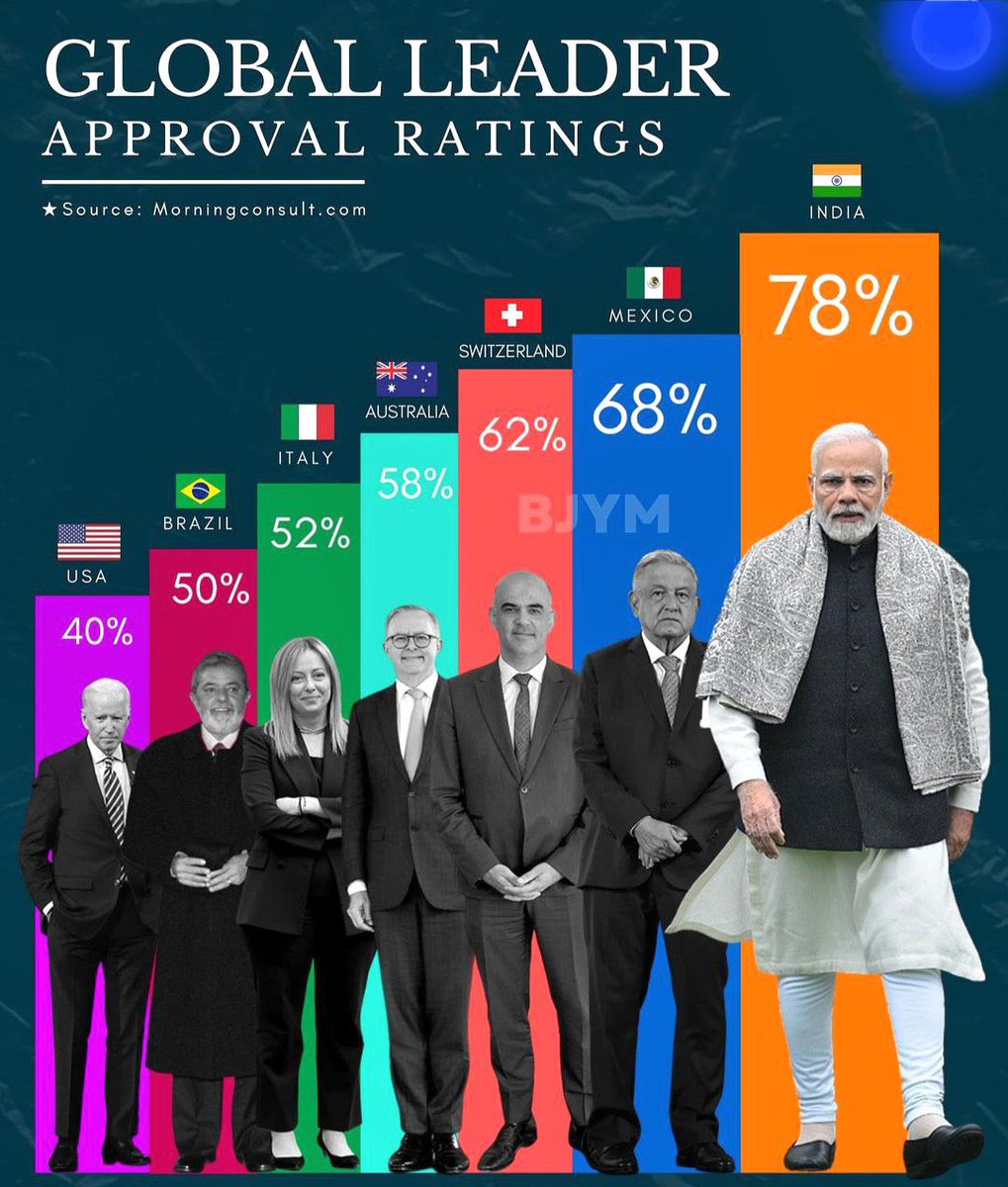As Prime Minister Narendra Modi completed 25 years in governance — from Gujarat to Delhi — his journey stands as a monumental chapter in India’s political history. Few leaders in the world today can match the scale, consistency, and transformative impact of his leadership. In my three and a half decades in politics, I have seen no leader of his caliber — one who rose from the grassroots to become not just India’s tallest leader but a global statesman commanding respect across continents.
It all began on October 7, 2001, when Narendra Modi took oath as Chief Minister of Gujarat. The state was still reeling from the Bhuj earthquake that year, its economy shattered and morale shaken. Into this uncertainty stepped a first-time Chief Minister, little known to the public but deeply trusted within the RSS and BJP for his organizational brilliance and discipline. What followed was not just administrative recovery — it was the emergence of a new model of governance.
Modi’s early years as CM redefined public administration in Gujarat. His decisive style, reform-driven governance, and business-friendly policies soon caught national attention.

The Jyotigram Yojana, which ensured 24×7 power to rural areas, symbolized his belief that true development must reach the last mile. Industrial corridors, massive infrastructure upgrades, and efficient power management turned Gujarat into one of India’s most investor-friendly states.
Under his leadership, Gujarat’s GDP growth consistently outpaced the national average, and the “Vibrant Gujarat” summits became a global investment magnet. Re-elected in 2002, 2007, and 2012 — each time with a stronger mandate — Modi consolidated his image as a leader synonymous with development and delivery.
By 2013, it was evident that Modi’s appeal had transcended Gujarat. Within the BJP, demand for him to lead the 2014 Lok Sabha campaign became irresistible. With the party’s backing — then led by Nitin Gadkari and supported by several Chief Ministers — Modi became the BJP’s Prime Ministerial candidate.
What followed was a campaign unlike any in Indian history — a combination of digital outreach, grassroots mobilization, and an emotional narrative of aspiration. His call for “Sabka Saath, Sabka Vikas” struck a chord across class and community lines. His humble beginnings and rejection of dynastic privilege contrasted sharply with the political establishment.

The result was historic. In May 2014, the BJP won a full majority — the first by any party in three decades — and Modi was sworn in as India’s 14th Prime Minister.
As Prime Minister, Modi expanded the Gujarat experiment to the national canvas. Economic reforms, digital inclusion, and infrastructure modernization became the defining pillars of his governance.
The rollout of the Goods and Services Tax (GST) unified India’s market. The Make in India, Digital India, and Skill India initiatives aligned youth energy with national growth. Jan Dhan Yojana brought millions into the banking network, while Swachh Bharat, Ujjwala, and Ayushman Bharat transformed lives at the grassroots.

Massive investments in highways, ports, and railways — through flagship projects like Bharatmala, Sagarmala, and Smart Cities — have laid the foundation for India’s modern infrastructure. Meanwhile, his bold decisions on Article 370, One Rank One Pension, and Atmanirbhar Bharat have strengthened both the nation’s unity and its self-reliance.
Modi’s leadership transcends domestic politics. Today, India’s voice carries unprecedented weight on the global stage — whether at the G20, the UN, or climate summits. His diplomatic outreach has elevated India’s profile as a responsible, confident global power.
As Narendra Modi enters his 25th year in continuous leadership, this milestone represents far more than personal longevity. It symbolises a new political ethos — one rooted in accountability, nationalism, and people-centric governance.
Very few leaders in the democratic world have sustained such unbroken popularity and electoral dominance for a quarter century. That, in itself, is history in motion.
If this isn’t enviable political success, what else could be? (The author is a senior BJP leader.)






